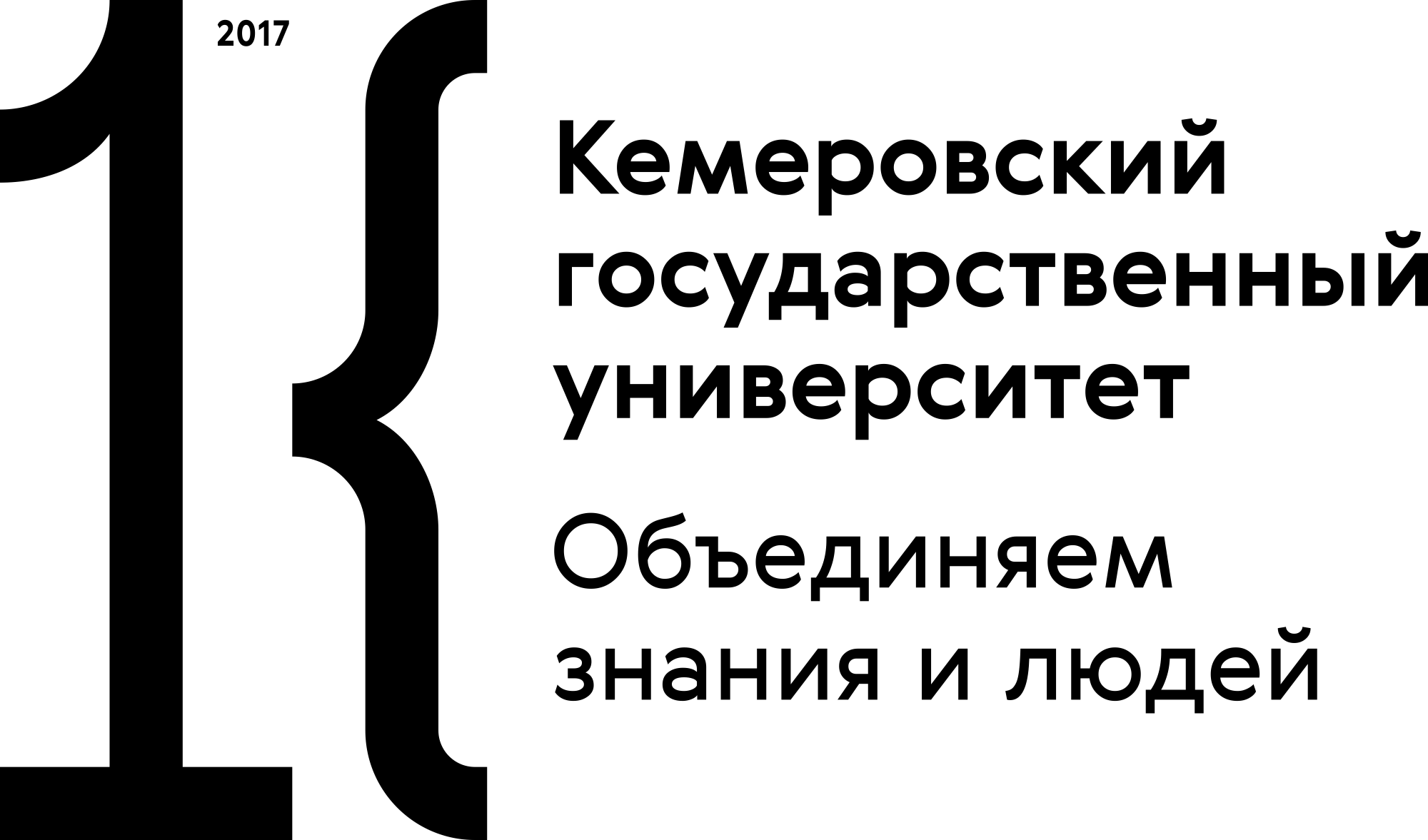Russian Federation
Kaliningrad, Russian Federation
Russian Federation
Russian Federation
Russian Federation
Russian Federation
CSCSTI 27.01
CSCSTI 31.01
CSCSTI 34.01
Recently, the market of sport nutrition has been expanding due to high popularity of sports in human everyday life as well as popularity of healthy lifestyle principles. This article offers to consider and validates main stages to produce functional sport products based on oat grains. The production technology includes the following stages: Acceptance and quality evaluation of the raw stock; interim storage and preparation of raw stock for production stage; oat grain grinding; protein extraction from the raw stock; ultrafiltration; protein sedimentation; addition of vitamin and mineral mixture and cocoa powder; mixing; packing, labeling and storage of the end product. It is found that the greatest volume protein is extracted when the aqueous solution of 1 M sodium hydroxide is used (protein volume totaled to 93.65 ± 5.62%) at the similar technical parameters of acidic and alkali extraction. Ultrafiltration used to concentrate proteins with UPM-100 membrane contributes to the maximum degree of protein concentration (3.50 ± 0.21%). The protein is sedimented by the 10% aqueous solution of amber acid at the rate of active acidity of 4.4 units that allows an increase in the extent of protein sedimentation to 86.9 ± 5.21%. The end product obtained as per the scheme submitted has been studied for its organoleptic, physical and chemical and microbiological properties, including its blend composition. It’s been identified that the food product has pure taste and flavor appropriate of this product, with no foreign flavor and aroma. High content of protein, Omega-3 and Omega-6 fatty acids, as well as all essential amino acids are reported. The daily portion of the developed functional product contains 46.0% of vitamins and mineral substances against the rate of physiological need in them.
Oat, protein, functional product, sport nutrition, process flowchart, safety indicators
1. 1. Beletskaya N.M. and Boryaev V.E. Funktsional’nye produkty pitaniya [Functional nutrition]. Moscow: A-Prior Publ., 2008. 240 p.
2. 2. Rebello C., Greenway F.L., and Dhurandhar N.V. Functional foods to promote weight loss and satiety. Current opinion in clinical nutrition and metabolic care, 2014, vol. 17, iss. 6, pp. 596-604. DOI:https://doi.org/10.1097/MCO.0000000000000110.
3. 3. Gul K., Singh A.K., and Jabeen R. Nutraceuticals and functional foods: the foods for the future world. Critical reviews in food science and nutrition, 2016, vol. 56, iss. 16, pp. 2617-2627. DOI:https://doi.org/10.1080/10408398.2014.903384.
4. 4. Moore D.R. Nutrition to support recovery from endurance exercise: optimal carbohydrate and protein replacement. Current Sports Medicine Reports, 2015. vol. 14, iss. 4, pp. 294-300. DOI:https://doi.org/10.1249/JSR.0000000000000180.
5. 5. Sergienko I.V., Kutsova A.E., and Kutsov S.V. Innovatsionno-tekhnologicheskie resheniya v sozdanii funktsionalnykh produktov pitaniya [Innovative and technological solutions to produce functional food]. Vestnik Voronezhskogo gosudarstvennogo universiteta inzhenernykh tekhnologiy [Bulletin of Voronezh State University of Engineering Technologies], 2015, no. 2, iss. 64, pp. 126-129.
6. 6. Prosekov A.Yu. and Ivanova S.A. Providing food security in the existing tendencies of population growth and political and economic instability in the world. Foods and Raw Materials, 2016, vol. 4, no. 2, pp. 201-211. DOI:https://doi.org/10.21179/2308-4057-2016-2-201-211.
7. 7. Popov V.S., Sergeeva S.S., and Barsulova N.V. Funktsional’nye i tekhnologicheskie svojstva zerna ovsa i perspektivnyj assortiment produktov pitaniya na ego osnove [Functional and process properties of oat grain and perspective assortment of aot-based food]. Vestnik Kazanskogo tekhnologicheskogo universiteta [Bulletin of Kazan University of Technologies], 2016, vol. 19, no. 16, pp. 147-151.
8. 8. Yusova O.A. and Vasyukevich S.V. Novye perspektivnye sorta ovsa selektsii sibirskogo NIISKH [New perspective oat cultivar of the Siberian NIISH selection]. Vestnik Ulyanovskoy gosudarstvennoy sel’skokhozyajstvennoy akademii [Bulletin of Ulyanovsk State Academy of Agriculture], 2016, vol. 34, no. 2, pp. 74-79.
9. 9. Ivchenko V.K., Romanov V.N., Litau V.M., and Khmelnitsky S.A. Produktivnost i pitatel’naya tsennost kormovykh kultur v usloviyakh Sibiri [Productivity and nutritional value of forage grain in Siberia]. Vestnik Krasnoyarskogo gosudarstvennogo agrarnogo universiteta [The Bulletin of KrasGAU], 2016, vol. 122, no. 111, pp. 9-15.
10. 10. Yang, C., Wang Y., and Chen L. Fabrication, characterization and controlled release properties of oat protein gels with percolating structure induced by cold gelation. Food Hydrocolloids, 2017, vol. 62, pp. 21-34. DOI:https://doi.org/10.1016/j.foodhyd.2016.07.023.
11. 11. Isachkova O.A. and Ganichev B.L. Biokhimicheskie pokazateli kachestva zerna golozernogo ovsa [Biochemical properties of naked oat quality]. Vestnik Novosibirskogo gosudarstvennogo agrarnogo universiteta [Bulletin of Novosibirsk State University of Agriculture], 2012, vol. 4, no. 25, pp. 12-17.
12. 12. Neverova O.A., Prosekov A.Yu., Gorelikova G.A., and Poznyakovsky V.M. Pishhevaya biotekhnologiya produktov iz syr’ya rastitel’nogo proiskhozhdeniya [Alimentary biotechnology of plant origin food]. Moscow: Infra-M Publ., 2014. 318 p.
13. 13. Zenkova A.N., Pankratyeva I.A., and Politukha O.V. Ovsyanye krupa i khlopya - produkty povyshennoy pishhevoy tsennosti [Oat cereal and flakes - high nutritional value food]. Khleboprodukty [Bread products], 2012, no. 11, pp. 60-62.
14. 14. Antonini E., Lombardi F., Alfieri M., Diamantini G., Redaelli R., and Ninfali P. Nutritional characterization of naked and dehulled oat cultivar samples at harvest and after storage. Journal of Cereal Science, 2016, vol. 72, pp. 46-53. DOI:https://doi.org/10.1016/j.jcs.2016.09.016.
15. 15. Gangopadhyay N., Hossain M.B., Rai D.K., and Brunton N.P. A review of extraction and analysis of bioactives in oat and barley and scope for use of novel food processing technologies. Molecules, 2015, vol. 20, iss. 6, pp. 10884-10909. DOI:https://doi.org/10.3390/molecules200610884.
16. 16. Petrova K.A., Mayorova A.S. and Bolgov A.E. Biologicheskoe obosnovanie, razrabotka retseptur i ehksperimentalnykh obraztsov novykh funktsionalnykh produktov na osnove naturalnykh ingredientov [Biological justification, development of formulations and pilot samples of new functional food based on plant components]. Uchenye zapiski Petrozavodskogo gosudarstvennogo universiteta [Scholar records of Petrozavodsk State University], 2016, vol. 6, iss. 159, pp. 100-105.
17. 17. Yanova M.A., Ivanova T.S., Demidenko G.A., Strupan E.A., Menyaylo L.N., Mashanov A.I., and Muchkina E.Ya. Puti povysheniya pishhevoy tsennosti khleba dlya pitaniya sportsmenov [Methods to increase nutritional value of bread for sport nutrition]. Mezhdunarodnye nauchnye issledovaniya [International Researches], 2015, vol. 25, no. 4, pp. 56-59.
18. 18. Kolesnikova V.G., Tikhonova O.S., and Fatykhov I.Sh. Khimichesky sostav zerna sortov ovsa ulov i vyatsky [Chemical composition of grain of Ulov and Vyatsky oat cultivar]. Vestnik Kazanskogo gosudarstvennogo agrarnogo universiteta [Bulletin of Kazan University of Technologies], 2014, vol. 9, no. 1 (31), pp. 126-129.
19. 19. Salova T.Yu. and Gromova N.Yu. Teoreticheskie aspekty polucheniya biologicheski aktivnykh veshhestv iz rastitelnogo i zhivotnogo syrya [Theory aspects to produce BAS based on animal and plant stock]. Uspekhi sovremennogo estestvoznaniya [Natural Science Success of Today], 2016, no. 3-0, pp. 39-43.
20. 20. Stoffel F., A. Da Silveira Moreira. Application of micro and ultrafiltration on fruit juice processing: A review. Boletim Centro de Pesquisa de Processamento de Alimentos, 2013, vol. 31(2), pp. 321-336. Available at: http://dx.doi.org/10.5380/cep.v31i2.34855.
21. 21. Schneider E.M., Medyanskaya O.A., and Bogdanova M.V. Primenenie sistem kachestva v ispolzovanii nanotekhnologiy dlya proizvodstva produktov pitaniya [Quality system application in nanotechnology for food production]. Sovremennye problemy nauki i obrazovaniya [Modern issues in science and education], 2015, no. 2-3, pp. 11.
22. 22. Xia R. Study on the Reasonable Supplement of Vitamin and Minerals for Athletes. Advance journal of food science and technology, 2015, vol. 8(4), pp. 303-305. DOI:https://doi.org/10.19026/ajfst.8.1513











